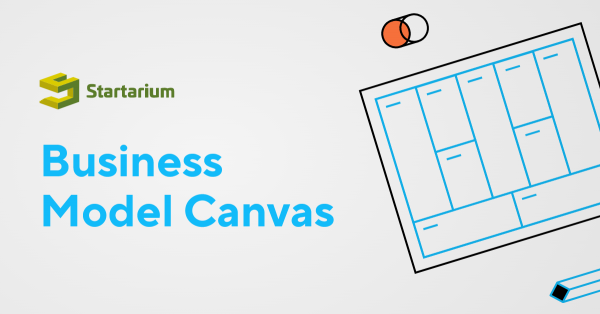Creative interventions influence non-creative organisations through three types of creative and artistic elements – you can find them all explained in the following article.

1. Creative and artworks
Through creative interventions, all professionals involved in organisational processes, mainly managers, can expose stakeholders (primarily employees or customers) to creative and artworks through invitations to art, and adding purchased or commissioned artworks to the organisation’s appearance, typically by displaying artworks in the workplace.
This way, creative interventions create aesthetic communication, generating an experience that ranges from fairly casual entertainment (e.g., decorative art and mainstream music) to deeply touching encounters with personal perspectives, ideals, and ways of thinking.
Engaging with artworks in organisations not only may lead to important individual as well as team development processes but also (a) shows support for the arts, which, through varying degrees of publicity, often counts as a sign of good corporate citizenship and (b) conveys the organisations’ values (e.g., conservative vs. progressive) and their assumed or desired position in society (e.g., elitist vs. popular).
2. Creative and artistic competences
Creatives and artists’ capabilities are not always restricted to purely artistic use. Examples include unconventional thinking and acting (‘originality’), reaching people through communication ‘beyond language’ (i.e., by means of images, objects, and sounds arranged in space and time or by texts that speak ‘between the lines’), making appearances with high (stage) presence and charisma, and pursuing goals with exceptional determination and resilience.
Such capabilities are generally useful in organisations if used carefully with respect to the right time, place, and application.
3. Art and creative practices
Creative interventions can use knowledge about the arts to inform organisational practices.
For instance, treating organisational practices as if they were art practices can provide a basis for applying additional knowhow about (customer) communication, which can enables a ‘fresh look’, a new perspective on what is done within the organisation, and, in turn, facilitates organisational change and flexibility.
In a nutshell, creative interventions increase not only efficiency, motivation and corporate culture by identifying and offering solutions to communication problems (for instance, an artist may come up with the idea of producing a photography documentary of the employees’ work and workplace, to increase motivation, collective responsibility and efficient communication), but also service delivery and product innovation.
Undoubtedly, creatives and artists are capable of engaging people’s creativity by interrupting the conventional routines, mindsets and management processes and conversely, by opening space for fresh ways of thinking and acting.

Therefore, this mutual engagement can stimulate individuals and groups at emotional, physical and intellectual levels by working in different ways and introducing shared positive experiences within groups.























